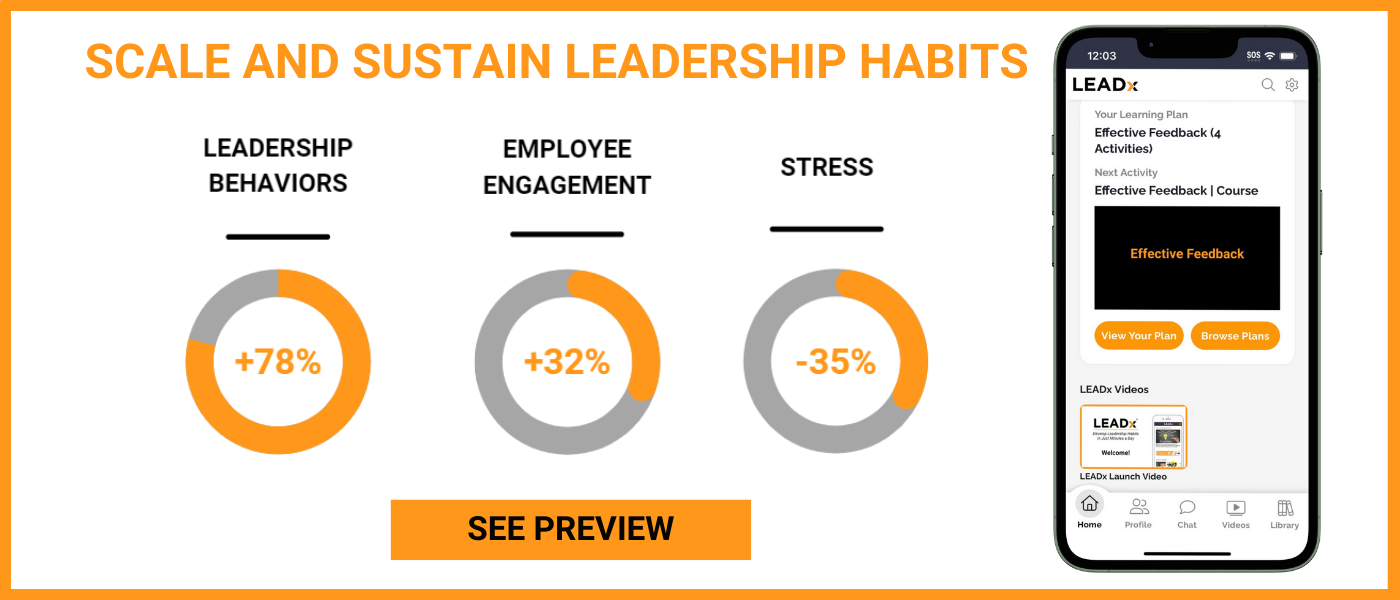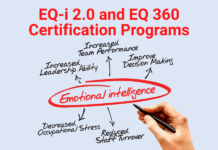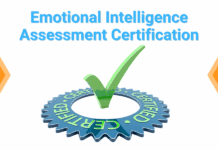
A man who researchers refer to as “Patient X” was a medical mystery. He suffered two strokes, which severed the connection between his eyes and brain. So even though his eyes were perfectly functional and could take in sights, his brain couldn’t “register” what he was seeing. From Patient X’s perspective, he was blind.
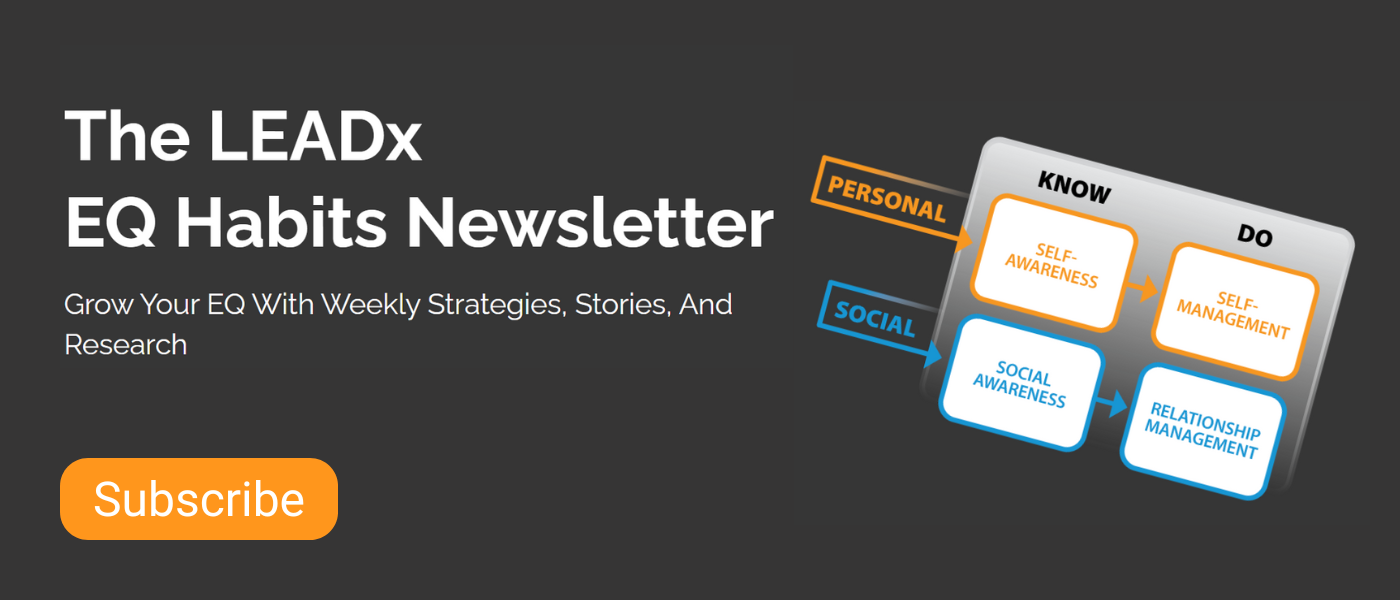 Neuroscientists, however, were intrigued by his unique circumstance. They began to run tests to understand exactly how his eyes and brain work together. In one test, they held up images of people expressing emotions: A happy woman and an angry man. Something fascinating happened. Patient X could accurately identify which emotion was being shown to him despite the fact that he couldn’t see or describe the picture. How was this possible?
Neuroscientists, however, were intrigued by his unique circumstance. They began to run tests to understand exactly how his eyes and brain work together. In one test, they held up images of people expressing emotions: A happy woman and an angry man. Something fascinating happened. Patient X could accurately identify which emotion was being shown to him despite the fact that he couldn’t see or describe the picture. How was this possible?
To find out, the researchers took brain scans of Patient X. They found that the brain has a second path from the eyes. This second route, the one Patient X was using to recognize emotions, goes directly to the lower part of the brain (to the amygdala). This lower path is faster-acting and doesn’t express itself via speech. As Daniel Goleman writes in his book Social Intelligence, “Patient X was not seeing the emotions on the faces so much as feeling them…” Instead of seeing and identifying the emotions in the image, Patient X’s brain was mimicking the emotion in his body. Then, he could identify the emotion he felt in his own body and guess accordingly.
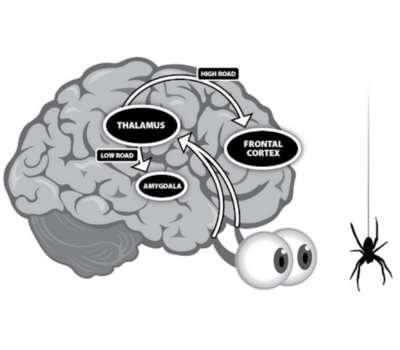
The Forking Path of Emotions: The Low Road or the High Road?
Patient X offers us an explanation of how emotions operate in the brain. Essentially, you can think about the brain as having two main roads:
- The Low Road – The low road is lightning-quick and automatic. This path goes almost directly to your amygdala. The low road is how Patient X was able to know what emotions he saw by feeling them, even without seeing an actual image. The low road is fast but, importantly, less accurate than the high road.
- The High Road – The high road is, by the brain’s standards, “slow.” The high road feeds your senses to a more intentional part of the brain—the prefrontal cortex. Here, you can “think” about what’s happening to you, not just feel it. The high road is slower, but it’s also much more accurate and complex.
Because of the speed of the low road, it can sometimes trigger reactions we regret. As Goleman writes, “By the time the low road has reacted, sometimes all the high road can do is make the best of things.” On the other hand, if we only had the upper road, we might not react quickly enough to immediate threats. Importantly, we rely on both roads and their connection to each other. It’s a system of checks and balances.
How Can the High Road Help Us Be More Emotionally Intelligent?
If you see a stick on the road and lunge backward because you mistook it for a snake, that’s the low road talking. When you start laughing because you see that it was just a stick, that’s the high road talking. The high road evolved to help us get more accurate, specific, and complex. Knowing this, you can lean into the idea of the high road to act more emotionally intelligent. Here are three examples:
- Reframing: If you find yourself constantly interpreting your boss’s constructive feedback in a negative light, that’s a high road interpretation. That means, you can “think your way out of it” by reframing. For example, if you interpret constructive feedback as a judgment on your ability (negative), you might reframe your thinking as grateful for the feedback and motivated to improve (positive). You’re essentially using the high road to positively influence your emotions.
- Imagination: You can remember the past or imagine the future to influence your emotions. This is often how an actor manipulates their emotions, imagining with such intensity that it alters their expression and how they comport themselves. One study even found that just by remembering a time you were curious, you can make your energy and focus shoot up by 20%.
Can You Trigger Emotions By Thinking?
Imagine this all-to-common scenario: Your partner makes a decision, but they don’t explain why. You find yourself spiraling, overthinking. “What if they did that because they don’t love me?” These kinds of thoughts send you off into a spiral of anxiety, stress, and rumination. In other words, your thoughts triggered an emotion. An even more obvious example is when an actor uses the high road to summon an emotion and portray it on stage. In both of these examples, the person is generating a more complex emotion via the high road. While the low road is faster, that doesn’t mean that all emotions begin on the low road.
Emotional Contagion and the Low Road
How is it that one friendly barista can flip the entire tone of your day, making you feel more upbeat and playful? Or why is it that when your boss passes you in the hallway looking stressed out, that stressed feeling sticks with you for the rest of the day? This effect of emotions passing from one person to another is called emotional contagion, and it happens through the “low road.” Just like Patient X feeling the emotions he was shown without seeing or processing the image, we pick up on and feel the emotions of the people around us. For this reason, it’s essential to understand your emotions and regulate them—especially in proximity to other people.
Striking the Right Balance Between the Low and High Roads
You don’t choose to take either the high road or the low road. Your brain evolved to weave the high and low roads together in harmony. The low road initiates fight-or-flight, while the high road helps us rationalize and make better, more accurate decisions. Your emotional intelligence hinges on this interplay, as you recognize the emotions you’re feeling and manage them constructively.
For example, the low road enables you to automatically interpret a threat like a bus and pull your kid out of the way without thinking. Unchecked, the low road is also the part of your brain that might make you raise your voice at your kid or coworker (an emotional hijack). The high road enables you to slow down and see that the snake on your path is actually just a stick, or that your anger at your kid will pass. Left unchecked, it’s also the path that might make you overthink or ruminate. By building your emotional intelligence skills, you can use your high and low roads as productively as possible.


